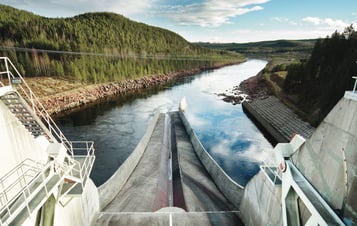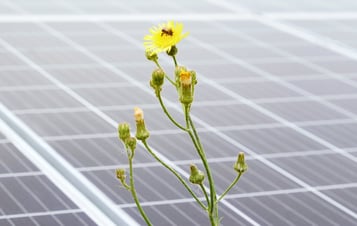Coal
Vattenfall has completely phased out coal in its operations.
We have a clear roadmap in place to reduce CO2 emissions and achieve net zero by 2040. Phasing out coal in our combined heat and power (CHP) operations was a key part of this.
The first major step was the sale of our German lignite operations in 2016. This reduced our annual CO2 emissions from over 80 million tonnes to around 23 million tonnes, while freeing up resources to strengthen our investment in renewables.
In 2017, we stopped using lignite at Klingenberg, one of the CHP plants in Berlin. The plant now runs on natural gas. This marked the end of the use of lignite in our operations.
In 2019, we shut down our last coal-fired power plant in the Netherlands, Hemweg 8 near Amsterdam, as well as the coal plant Reuter C in Berlin. We handed over district heating in Hamburg to the city of Hamburg, as the city wanted to buy back the heat operations from Vattenfall.
We stopped commercial production at the Moorburg power plant at the end of 2020. We kept the plant in reserve for grid stabilisation until 30 June 2021, after which it was closed completely. The plant was divested in 2023.
In June 2023, we presented the decarbonisation roadmap for the Berlin heat operations. It described the path for district heating towards 40 percent renewable energy by 2030 and climate-neutral heat generation by 2040.
In December 2023 Vattenfall decided to sell its entire district heating business in Germany to the State of Berlin. Vattenfall and the State of Berlin closed the transaction on 2 May 2024. With this sale, we transferred our the remaining hard coal plants (Moabit and Reuter West) to the City of Berlin.
Coal sourcing
We concluded our coal operations in May 2024. We used a thorough risk screening process to make an informed, fact-based decision about whether or not to purchase coal from a supplier.

Related content

Renewable energy, like wind power, is the key to reducing global CO2 emissions.

Nuclear power generation plays a key role in supporting the energy transition.

Hydro power is economically attractive and has low levels of CO2 emissions.



